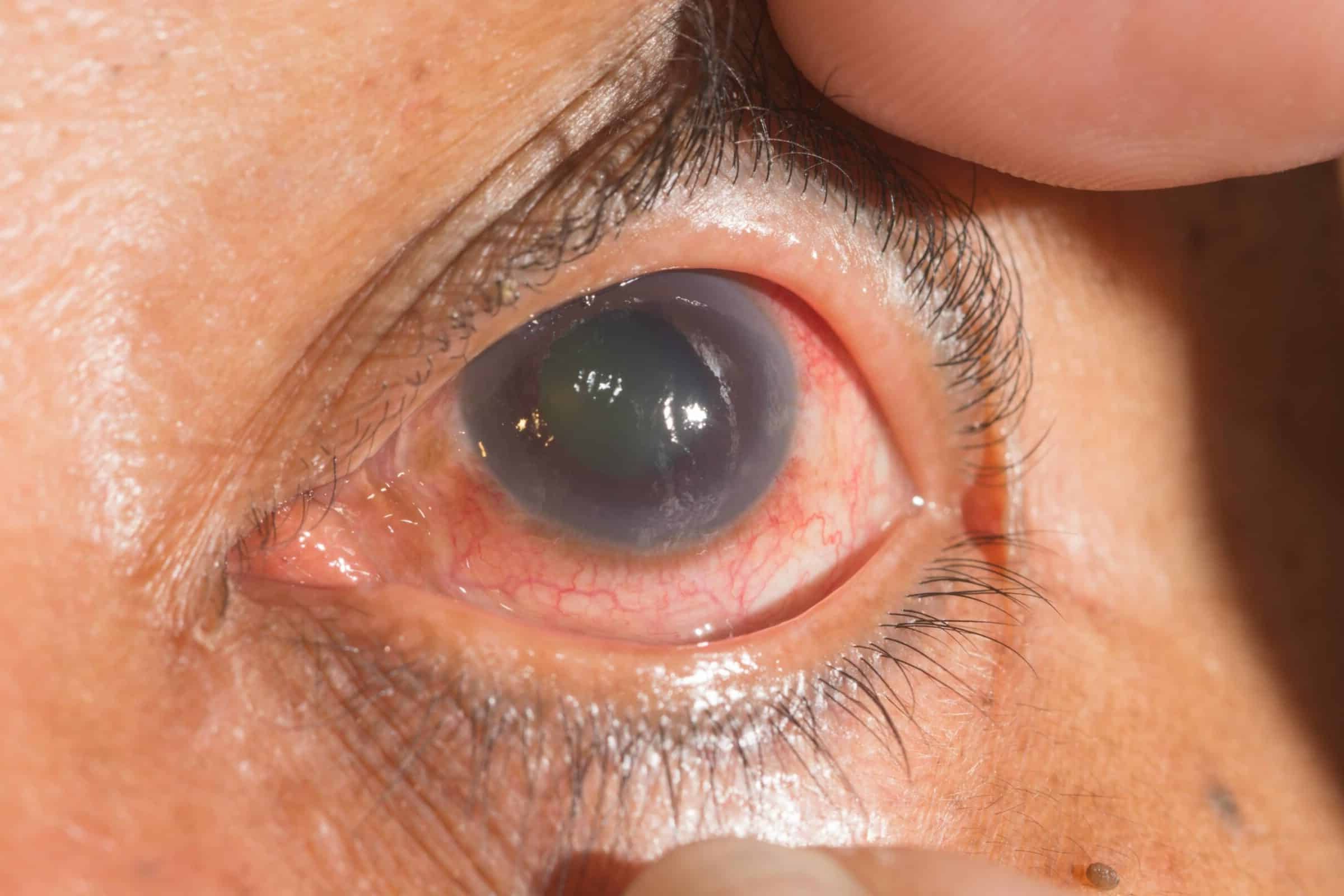
Glaucoma is a sneaky eye condition that can steal your sight without warning. Affecting millions worldwide, it’s often called the "silent thief of sight" because it creeps up without symptoms until significant damage is done. But what exactly is glaucoma? Glaucoma is a group of eye diseases that damage the optic nerve, crucial for good vision. This damage is often caused by abnormally high pressure in the eye. Knowing the facts about glaucoma can help you understand, prevent, and manage this condition better. Here are 19 essential facts about glaucoma that everyone should know to protect their vision.
What is Glaucoma?
Glaucoma is a group of eye conditions that damage the optic nerve, essential for good vision. This damage is often caused by abnormally high pressure in the eye. Here are some fascinating facts about glaucoma.
-
Glaucoma is a Leading Cause of Blindness
Glaucoma is one of the primary causes of blindness for people over 60. However, it can occur at any age. -
Two Main Types of Glaucoma
There are two main types: open-angle and angle-closure. Open-angle is the most common, while angle-closure is less common but can cause sudden vision loss. -
Often Symptomless in Early Stages
Many people with glaucoma don't notice any symptoms until the disease is advanced. Regular eye exams are crucial for early detection.
Risk Factors for Glaucoma
Understanding the risk factors can help in early detection and management. Here are some key risk factors.
-
Age
People over 60 are at higher risk, and the risk increases slightly with each year of age. -
Family History
If glaucoma runs in your family, your risk is higher. Genetics play a significant role in the development of the disease. -
Ethnicity
African Americans over 40, Hispanics, and Asians are at higher risk for certain types of glaucoma.
Symptoms and Diagnosis
Recognizing symptoms and getting a proper diagnosis can save your vision. Here are some important facts about symptoms and diagnosis.
-
Peripheral Vision Loss
One of the first signs of glaucoma is the loss of peripheral vision. This can go unnoticed until significant vision is lost. -
Eye Pain and Redness
Acute angle-closure glaucoma can cause severe eye pain, redness, nausea, and vomiting. Immediate medical attention is necessary. -
Regular Eye Exams
A comprehensive eye exam can detect glaucoma. Tests include measuring intraocular pressure, inspecting the drainage angle, and assessing optic nerve damage.
Treatment Options
Various treatments can help manage glaucoma and prevent further vision loss. Here are some common treatments.
-
Medications
Eye drops are often the first line of treatment. They help reduce eye pressure by improving fluid drainage or decreasing fluid production. -
Laser Therapy
Laser treatments can help fluid drain from the eye. This is often used when medications are not enough. -
Surgery
In some cases, surgery may be necessary to create a new drainage path for the eye fluid or to remove tissue causing fluid buildup.
Lifestyle and Management
Managing glaucoma involves more than just medical treatments. Lifestyle changes can also make a difference.
-
Regular Exercise
Moderate exercise can help lower eye pressure. Activities like walking or jogging are beneficial. -
Healthy Diet
A diet rich in fruits, vegetables, and omega-3 fatty acids can support eye health. Avoiding excessive caffeine can also help. -
Protect Your Eyes
Wearing protective eyewear during activities that could cause injury can prevent trauma that might exacerbate glaucoma.
Myths and Misconceptions
There are many myths about glaucoma. Here are some facts to set the record straight.
-
Glaucoma is Not Just an "Old Person's Disease"
While more common in older adults, glaucoma can affect people of all ages, including infants. -
Vision Loss from Glaucoma is Irreversible
Once vision is lost due to glaucoma, it cannot be restored. Early detection and treatment are crucial. -
Glaucoma is Not Always Caused by High Eye Pressure
Normal-tension glaucoma occurs even when eye pressure is within normal ranges. The exact cause is still unknown.
The Importance of Awareness
Raising awareness about glaucoma can lead to earlier detection and better outcomes. Here are some final facts to consider.
- Regular Screenings Can Save Vision
Regular eye exams are the best way to catch glaucoma early. If you have risk factors, talk to your doctor about how often you should be screened.
Final Thoughts on Glaucoma
Glaucoma is a serious eye condition that can lead to vision loss if not treated. Knowing the symptoms and risk factors can help in early detection. Regular eye exams are crucial, especially for those over 40 or with a family history of glaucoma. Treatments like medications, laser therapy, and surgery can manage the condition and prevent further damage. Lifestyle changes, such as maintaining a healthy diet and avoiding smoking, can also support eye health. Remember, early intervention is key. If you notice any changes in your vision, don't hesitate to consult an eye care professional. Staying informed and proactive can make a significant difference in managing glaucoma and preserving your sight. Keep these facts in mind and share them with others to raise awareness about this important health issue.
Was this page helpful?
Our commitment to delivering trustworthy and engaging content is at the heart of what we do. Each fact on our site is contributed by real users like you, bringing a wealth of diverse insights and information. To ensure the highest standards of accuracy and reliability, our dedicated editors meticulously review each submission. This process guarantees that the facts we share are not only fascinating but also credible. Trust in our commitment to quality and authenticity as you explore and learn with us.


